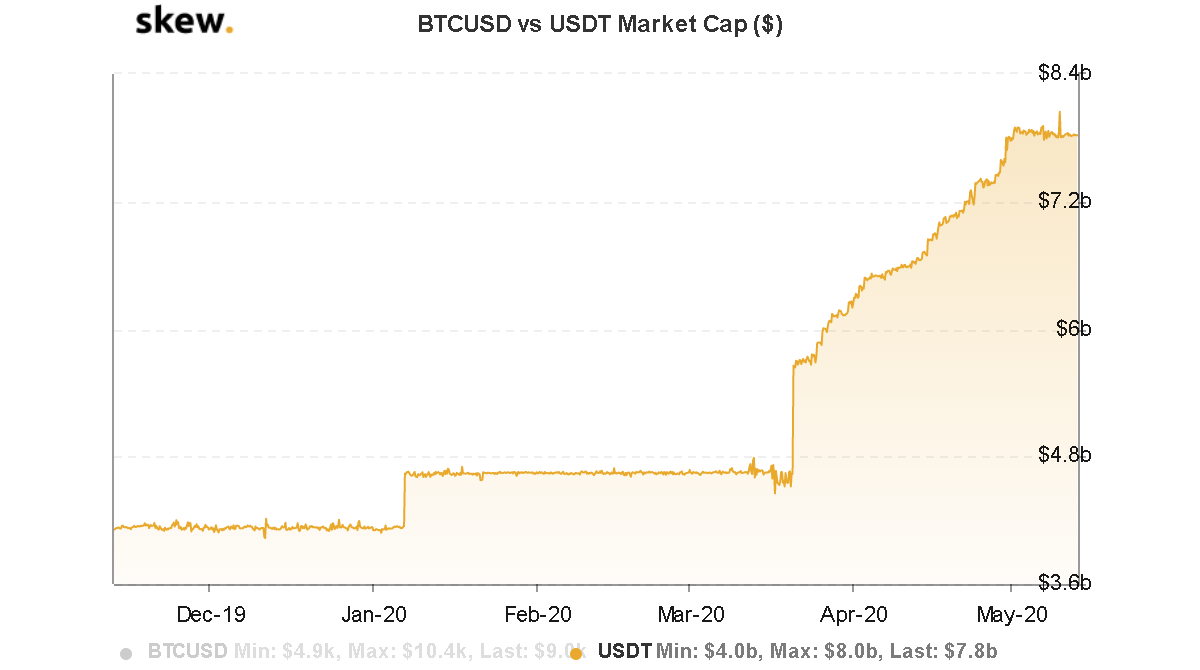Tether has low daily returns, but is it even supposed to be high?

It’s been 4 months since COVID-19 emerged as a pandemic, with its effects now there for all to see with respect to both health concerns and financial losses.
Following the outbreak, the global economy has been vastly affected, with the Black Swan event on 13 March shaking the financial stock market and the crypto-economy to its core.
However, the situation seems to have recovered by quite an extent, with a recent study analyzing the roles of safe-haven assets in light of the losses sustained during the pandemic.
The aforementioned study assessed the characteristics of gold, treasury bills, U.S bonds, U.S dollar, and stablecoins. Stablecoins were included in the study as a safe-haven to understand whether it serves as one against digital assets and stock markets.
It was identified that the U.S. Treasury bill index, U.S. Treasury bond index, and U.S. dollar index, in general, act as strong safe havens, compared to Tether that serves as a weak safe haven for all stock market indices and BTC. The sample test’s results showed that stablecoins note the lowest daily returns, whereas other cryptocurrencies have the highest daily returns.
Tether is not a Safe-Haven in the first place
There was no fault in the calculations made by the research paper. The assessment in place for safe-haven assets was measured and accurate, but the paper reeked of a lack of understanding of the functionality of stablecoins.
The fact that stablecoins were evaluated on the basis of their properties as safe-havens is comical considering the fact that these assets are basically alternatives to traditional fiats.
Stablecoins have the least daily returns because they are supposed to be stable assets without registering price volatility during bearish markets.

Source: Skew
According to the chart above, the rapid issuance of USDT is clear as day during the period of the financial market bottom, one that affected both the traditional and crypto-market.
However, a large allocation of the capital in stablecoins was not from the point of creating a hedge against falling assets, but it was a deliberate act of reducing the volatility of their crypto-portfolios. Hence, these assets are utilized from a perspective of maintaining asset-value rather than hoping for positive returns during a financial crisis.
Stablecoins potentially mirror the characteristics of a risk-off asset in the industry and when the market risk subsides, which is the current situation in the crypto-market, people move their assets from these stablecoins and invest them back in high-yielding crypto-assets such as Bitcoin, Ethereum, etc.
Hence, it is technically fallacious to expect Tether to act as a safe-haven when it is clearly not. Gregory Klumov, CEO of Stasis, told it best when he said,
“You can track the outstanding circulating amount of issued stablecoins, and during the first wave of a crypto market correction in early March, there was a significant issuance of stablecoins. That’s exactly the outcome that is expected: people were relocating to stablecoins, reducing the risk from their crypto assets.”






